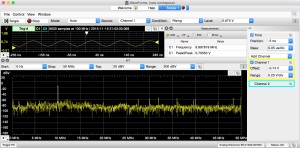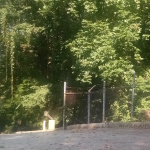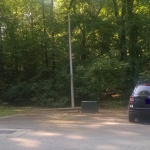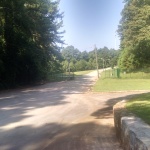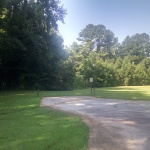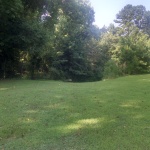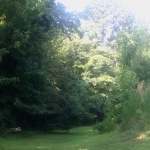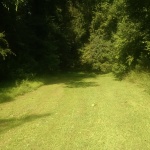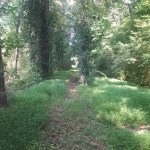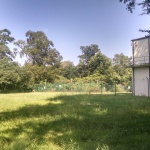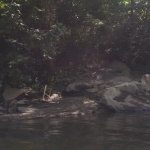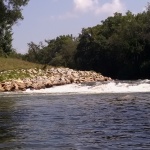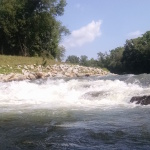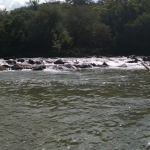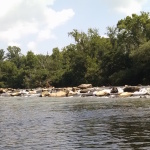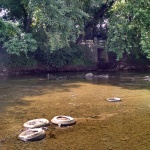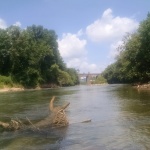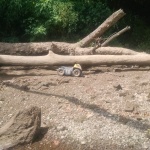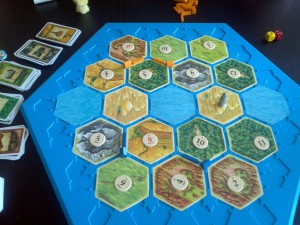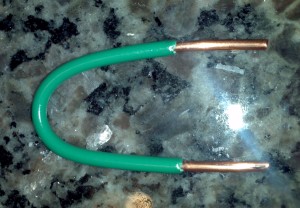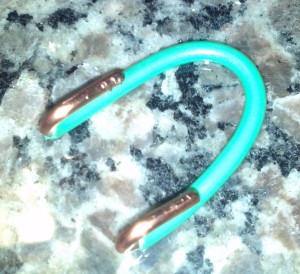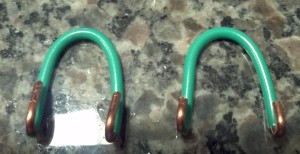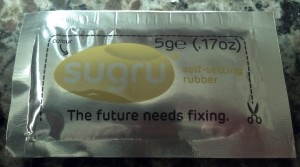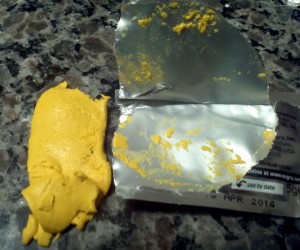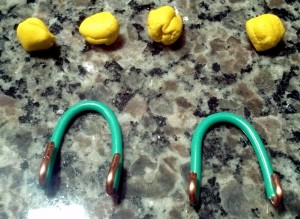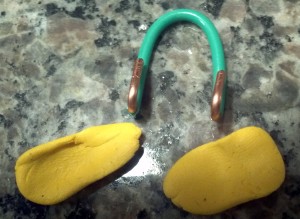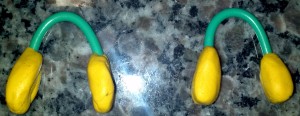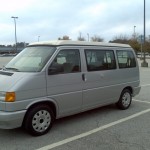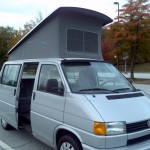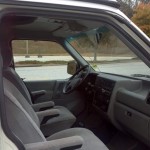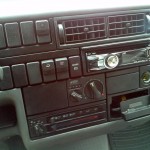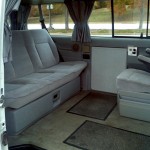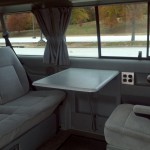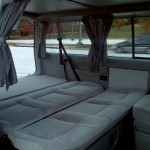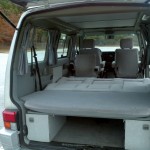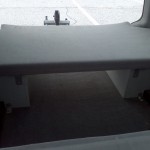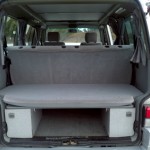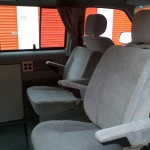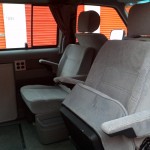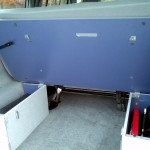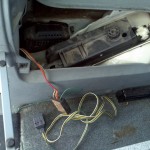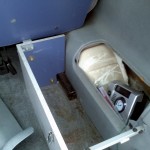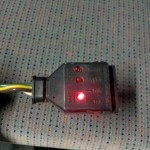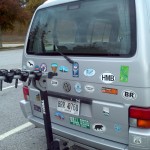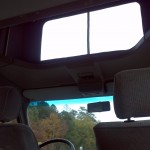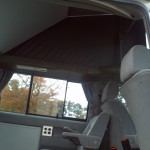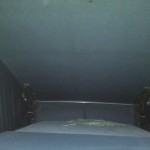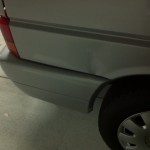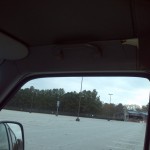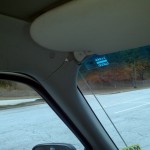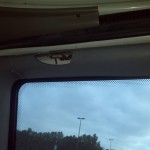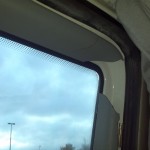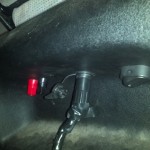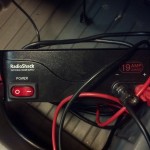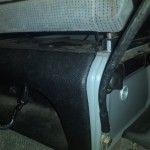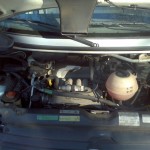This is a reference post for the Intro Arduino class I am teaching as part of the Atlanta Radio Club’s 2nd Sunday Tech series. More info on the series at http://secondsunday.tech.
Getting Started with the Arduino!
Low-cost user-friendly microcontrollers have changed the face of amateur radio! Many radios and DIY projects now are microcontroller based, and the relationship between hardware and software has radically changed. This session will introduce users to the Arduino system and provide low-cost kits for getting started. Capabilities of the Arduino will be demonstrated, and users will have a chance to get started. A simple CW keyer application will be demonstrated using an Arduino and an optoisolator. Others are invited to show up and demo their projects.
When: Sunday Dec 13, 2015
Where: Decatur Makers — located in the gym building behind the First Christian Church, Decatur, 605 W Ponce de Leon Ave
Questions: contact Rob Butera (rob@butera.org, KM4MK)
I have assembled kits for this class from bulk purchases. Each kit contains the basics for getting started, plus a few components (optoisolator, audio) that may be helpful for simple ham projects (like a CW keyer). Cost is $13 per kit (cash or e-payment, like PayPal). Email me for availability.
Each kit includes:
- 1 push button switch
- 2 10K resistors
- 2 1K resistors
- 1 10K potentiometer
- 1 817C optoisolator
- TRS socket for audio cable
- 2 red LEDs
- 1 small breadboard
- 20 jumper wires with pins
- Your choice of either:
- Arduino UNO with USB mini cable, 9V battery adapter w DC socket plug OR
- the smaller (but similar) Arduino Nano with USB mini cable, 9V battery adapter with lead wires
What is the difference? They differ in the form factor, the UNO is the most common Arduino and good with shields (expansion boards). The Nano (my favorite) is a lot smaller but ideal for finished projects. They have nearly identical functionality and the same microcontroller.
What you need to do before class if buying a kit
These Arduinos are Chinese clones that use the CH340 USB serial driver.
- Bring a laptop computer
- Install the USB-serial driver for the C340G chipset. A lot of overseas sites (Chinese, Russian) have links to it. Some have viruses. I have use this drivers from this site without a problem for over a year on my Mac (also Linux and Windows) http://www.5v.ru/ch340g.htm
- Install the Arduino software from http://www.arduino.cc for your computer (Windows, Mac, Linux)
Reference Material
http://www.arduino.cc is an excellent reference. It contains an online reference guide to the language and programming environment, and explains each of the example sketchs (programs) built into the programming environment.
All the components in the kit provided are standard components used in most electronic projects. The optoisolator (4 pin chip that says “817C”) is the one item you may not see in many Arduino tutorials — you can find a data sheet for it (and many other integrated circuits) at this web site: https://arduino-info.wikispaces.com/Popular-ICs
Adafruit (http://www.adafruit.com) and Sparkfun (http://www.sparkfun.com) are two common online companies to buy components and kits for microcontroller-based projects (such as LCD displays). These companies also often have tutorials on their website for each of these components. eBay is another place to buy many of these components — asian manufacturers often sell and ship direct for much less money than US or European manufacturers, with the tradeoff of a longer shipping time and unknown documentation.
Post-Meeting Notes — followup info and ideas for the future
- Some OSX users had trouble. Seemed to be fixed by
- Info on this blog post
- Downloading these drivers (original manufacturer?)
- Here are locally downloaded links of these drivers: Windows Mac Linux
- Here is my sketch for a CW beacon/message sender. (ZIP file) You can simply change the #defines for your desired words per minute and the outgoing text, and the program will loop and key the message at the interval specified in the code. There are MANY fully featured CW keyers out there, such as this one.
- Have an earlier start time (1 hour) for people who have not gotten the serial driver to work on their computer yet. Send an email out on what they should see if it is properly installed.
- Next year — makerspace will have a lot of fully functional computers — use those!
- Component changes — better TRS audio adapter, pushbutton that is more breadboard friendly
- Consider two classes, one on basic breadboard electronics, the second one then using it with the Arduino



